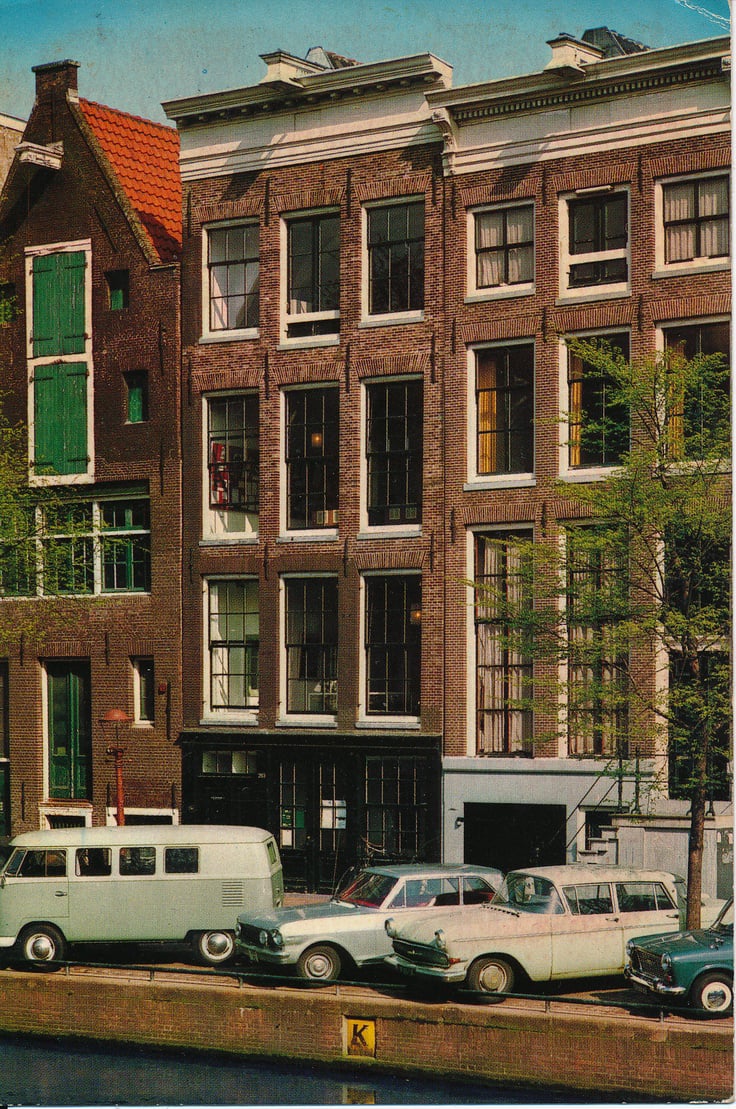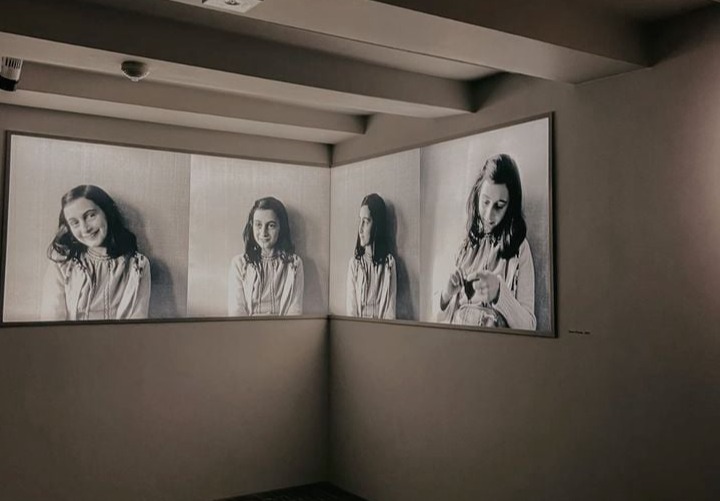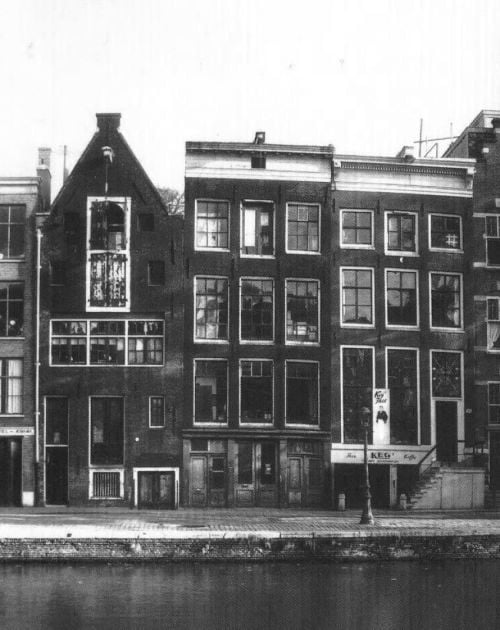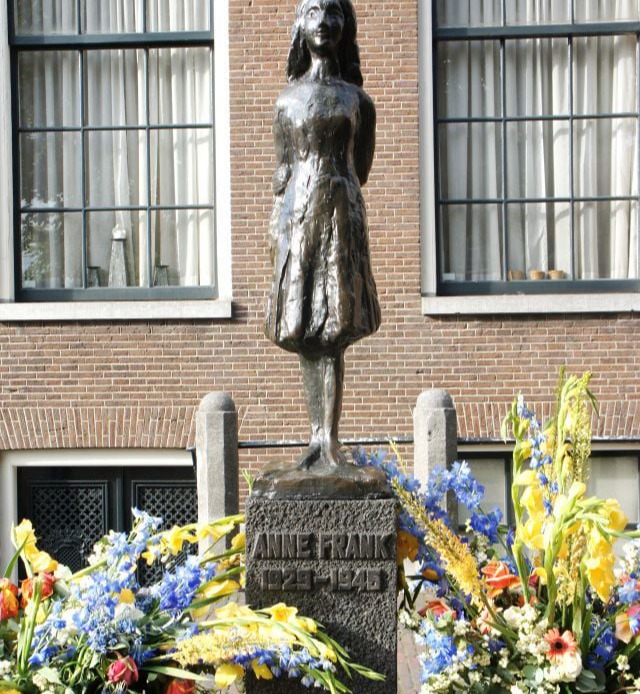The Anne Frank House, located in the heart of Amsterdam, is a poignant reminder of the atrocities of World War II and the enduring spirit of hope and resilience. This anne frank museum, situated at Prinsengracht 263-267, preserves the secret annex where Anne Frank and her family hid from Nazi persecution for two years. The house, now a museum, offers visitors a deeply personal and emotional experience, allowing them to step back in time and witness the harrowing conditions under which the Frank family lived.
The Story of Anne Frank
Anne Frank, a Jewish girl, began writing her diary while in hiding, documenting her life, fears, and dreams. Her diary, later published as "The Diary of a Young Girl," has become one of the most widely read books in the world. The Anne Frank House not only showcases the original diary but also provides a glimpse into the lives of those who hid in the secret annex. The museum's exhibits include personal belongings, photographs, and historical documents that tell the story of Anne Frank and the other people in hiding.
Visiting the Museum
Planning a visit to the Anne Frank House requires some preparation. The museum is open to the public, but it is advisable to book anne frank house tickets online in advance due to its popularity. The entrance to the museum is around the corner from the main building, at Westermarkt 20. Visitors can expect to spend about an hour exploring the museum, which includes the secret annex, the movable bookcase that concealed the entrance, and the steep stairs leading to the hiding place. The museum also offers audio tours in multiple languages, providing a detailed narrative of Anne Frank's story and the historical context of the Holocaust.







